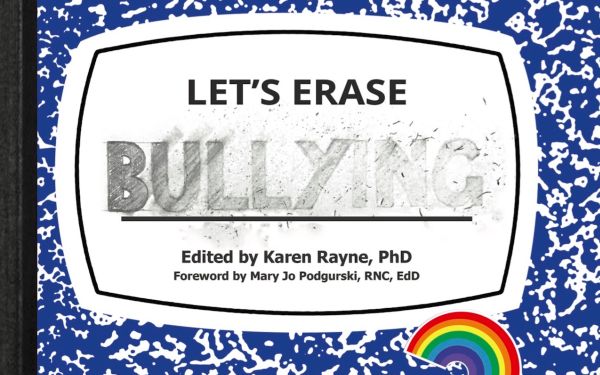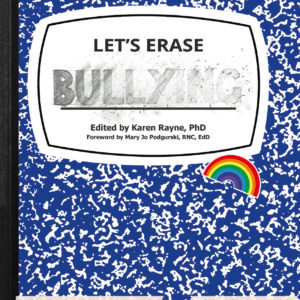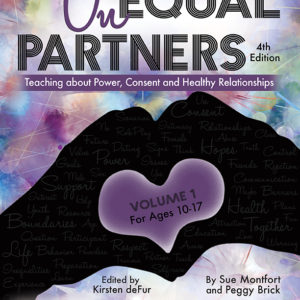
I have—as of late—been researching programs that allow women to reclaim their sexuality, and to push back against those who would marginalize them and sexualize them against their will. Among these programs are those on bystander education. It’s a form of social justice advocacy that intrigues me, and which focuses on more than just the same old victim (self-defense) / perpetrator (consent education) binary. It pushes people to ask themselves: how can I be a responsible bystander?
The same dichotomy exists within the issue of bullying, which is why I really dig this next lesson—a form of bystander education for the younger generations.
CORNERING THE PROBLEM
By Bill Taverner, MA, CSE
Objectives
By the end of this lesson, participants will be able to:
- Evaluate options for addressing bullying when they see it happen with other students.
- Establish community norms for addressing bullying.
Audience
Young adolescents (ages 10 – 13) and middle adolescents (ages 14 – 17)
Rationale
“We have a ‘Zero Bullying’ policy at this school!” How many times have schools leaned on this phrase, describing how they hold assemblies in which they announce that no bullying will be permitted? The problem is that such declarations often do not translate into practice. Bullying prevention is truly a community effort, with faculty and staff needing to work together. This means being able to identify what bullying looks like, and practicing skills for addressing it.
This lesson uses a four-corner activity where students imagine various instances of bullying and evaluate different possible choices they may make.
Later on in this lesson, educators are given the tools to teach their students how to evaluate instances of bullying, and how to help prevent further bullying.
Later lessons in Let’s Erase Bullying—such as the next one, “Courageous Bystander: Everyday Heroes”—continue vital education in bullying prevention. Until next time…



